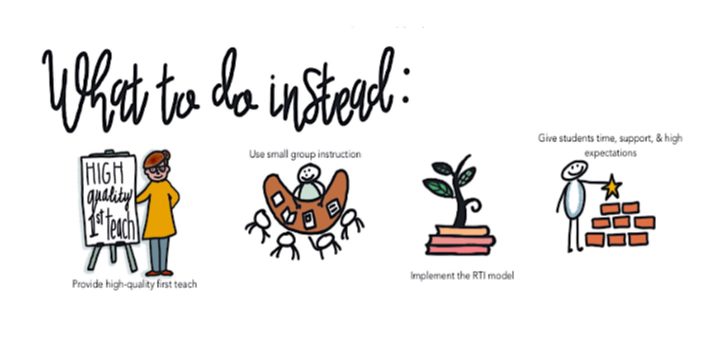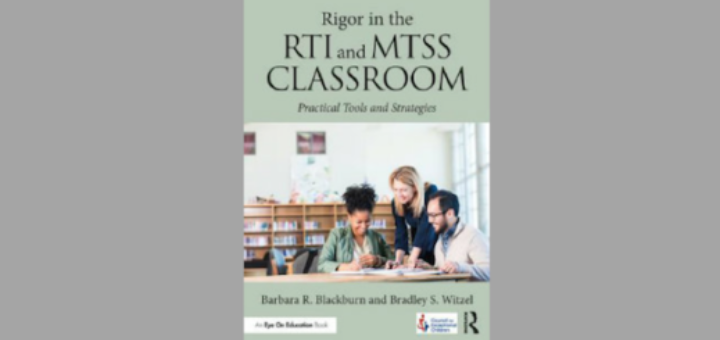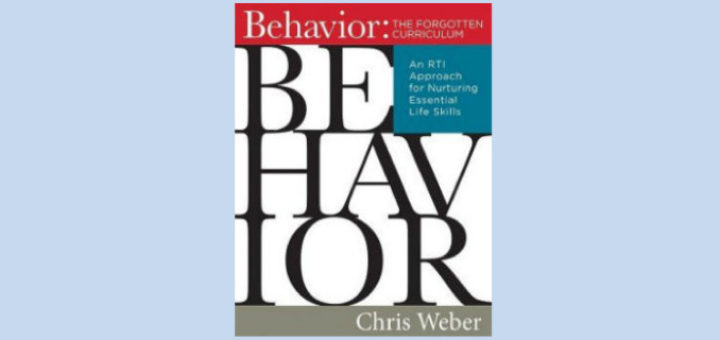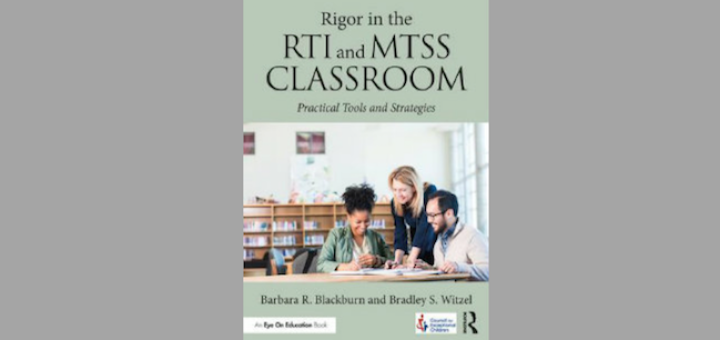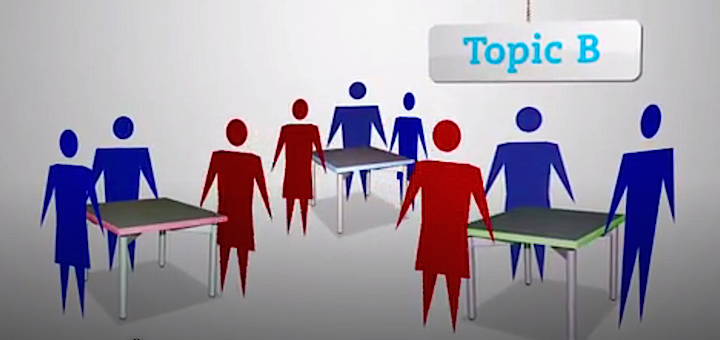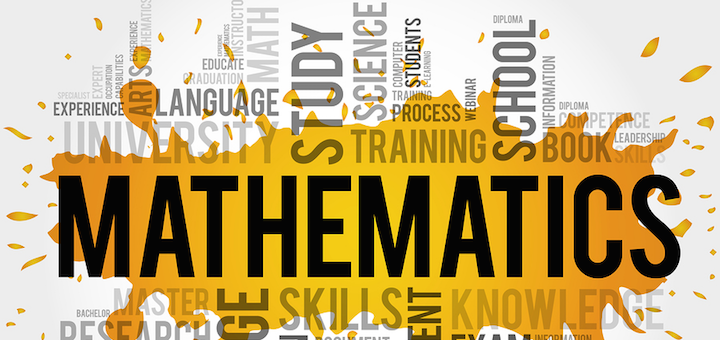EL Retention Myths and What to Do Instead
Talk of grade retention revs up each spring. But it’s seldom a good answer for English learners. EL expert Valentina Gonzalez shares research that debunks the idea that retention helps ELs and suggests ways to boost their academic progress all year long.

